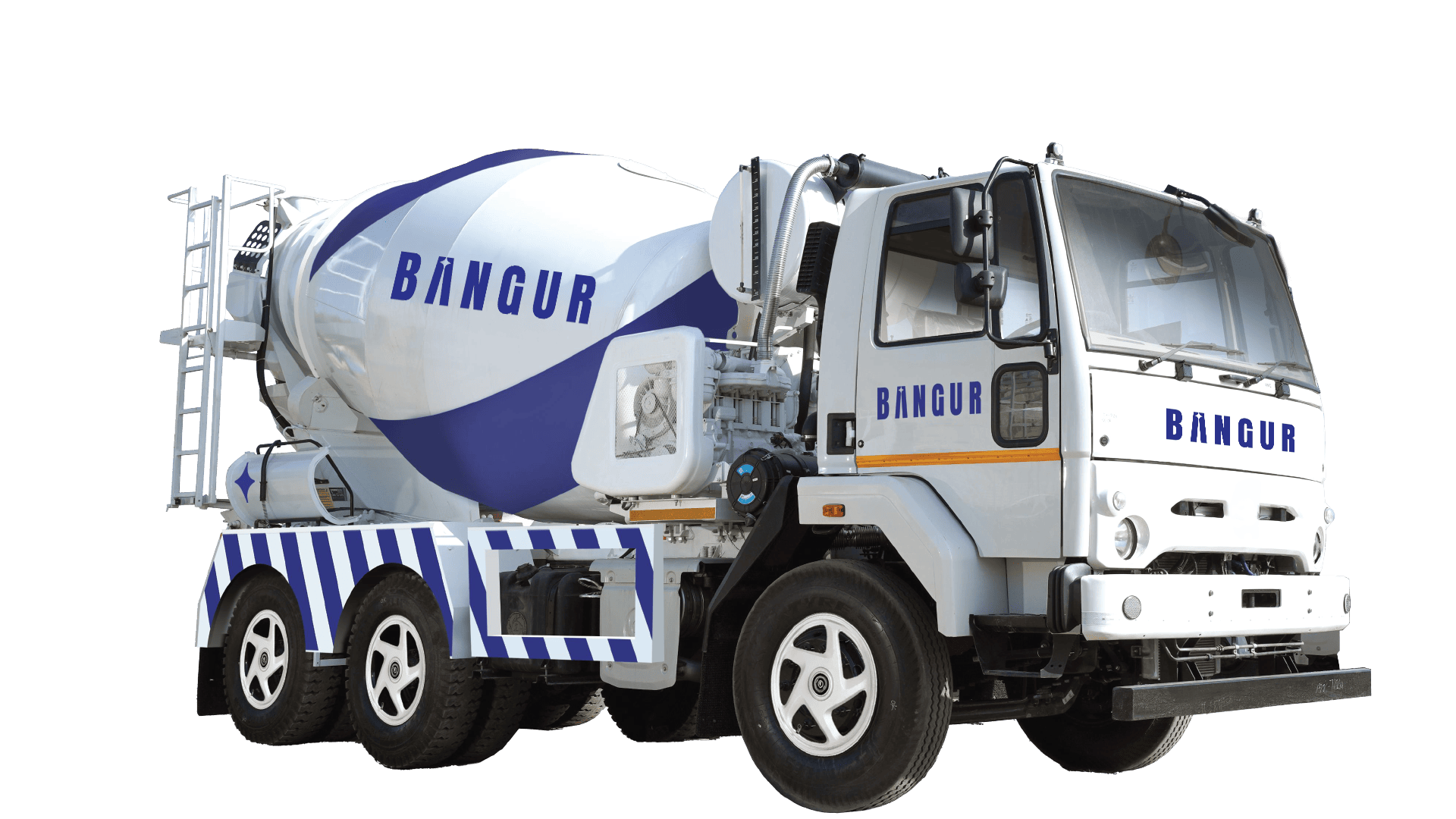
Understanding the Types of Cement: A Clear Look at OPC and PPC
- Jul 16
- 4 min read
Cement is one of the most essential materials in construction. It’s in the walls, floors, roads, and many structures we rely on every day. However, not all cement is the same. If you are involved in any construction or repair work, understanding the different types of cement can help you make better decisions for your project.
Two common types you will encounter are Ordinary Portland Cement (OPC) and Portland Pozzolana Cement (PPC). Both have unique features, and knowing how they differ can improve your project’s strength, durability, and overall success.
What Is Cement?
Cement acts as a binding agent made from limestone, clay, and other natural materials. When combined with water, it forms a paste that hardens over time. This paste binds sand, gravel, and other aggregates to create concrete, which is the solid material used for building and paving.
Common Types of Cement You Should Know
Here’s an overview of the main types of cement used in construction:
Ordinary Portland Cement (OPC): This type of cement is the most widely used. It sets and hardens relatively quickly, gaining strength fast, which makes it suitable for general construction like buildings, bridges, and roads where early strength is important.
Portland Pozzolana Cement (PPC): PPC contains natural or artificial pozzolanic materials such as fly ash. It takes longer to set compared to OPC but offers improved resistance to chemical attack and moisture. This makes it ideal for large structures and environments that are tough on concrete.
Rapid Hardening Cement: This cement is designed to gain strength faster than OPC, which helps speed up projects where time is limited, like road repairs or emergency fixes.
Sulphate Resisting Cement: This type protects structures built in areas with high sulphate content in soil or water. It helps prevent chemical damage, making it a smart choice for foundations or sewage systems.
How OPC and PPC Differ
The key differences between OPC and PPC come down to their ingredients and how they perform:
OPC is made mainly of clinker and gypsum, allowing it to set quickly and develop early strength. This makes it great for projects where fast progress is needed.
PPC mixes clinker with pozzolanic materials that slow the setting process but increase long-term strength and durability. This makes it well suited for structures exposed to moisture or harsh conditions.
When Should You Use OPC or PPC?
Picking the right cement depends on your project requirements:
OPC is ideal for smaller projects or where fast setting and early strength are needed, such as concrete slabs, driveways, or urgent repairs.
PPC is better for larger, long-lasting projects, especially where durability and resistance to environmental factors matter. Examples include marine structures, dams, and heavy-duty buildings.
How to Handle Cement Properly
To get the best results from any type of cement, keep these tips in mind:
Store cement in a dry place to keep it free from moisture that can cause clumping and loss of strength.
Always mix cement with the right water ratio; too much water weakens the final concrete, while too little can make it hard to work with.
Use cement bags before their expiry date because older cement loses its bonding power.
Follow the manufacturer’s instructions carefully, especially with specialized cements like PPC or sulphate resisting types.
Environmental Impact and Sustainable Choices
Cement manufacturing contributes significantly to carbon emissions due to the energy required in production. OPC, in particular, has a high carbon footprint because of its clinker content.
PPC offers a more environmentally friendly option by including fly ash or other industrial by-products. This reduces the clinker proportion, lowering emissions and recycling waste materials that might otherwise pollute the environment.
Choosing PPC when possible supports sustainable building without compromising on quality or durability. Some manufacturers also produce blended or green cements aimed at reducing environmental impact further.
By selecting the right type of cement, you not only build stronger structures but also contribute to greener construction practices.
To Summarize
Understanding the differences between OPC and PPC cement can help you make better choices for your construction needs. OPC offers quick strength and fast setting, perfect for many general projects. PPC takes a little longer to set but delivers greater durability and resistance to harsh conditions, making it the smarter option for demanding environments.
By using the right cement type and handling it properly, you ensure your project stands strong and lasts longer while also supporting more sustainable construction practices.


